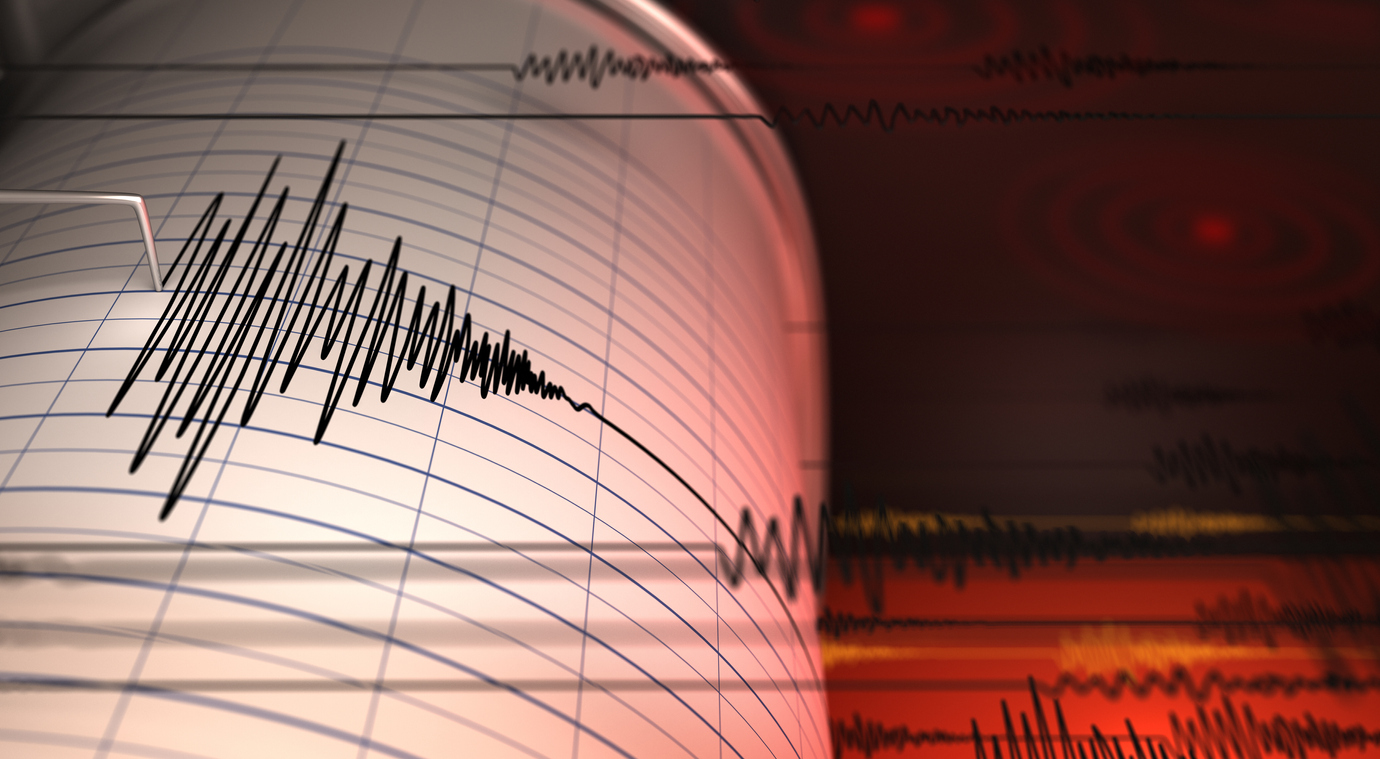The Extreme Event Solutions business unit of Verisk, a leading global data analytics and technology provider, estimates that insured losses to properties from the January 1 M7.5 (per the United States Geological Survey) earthquake that struck near the Noto peninsula in Ishikawa prefecture, Japan, will be between JPY 260 billion (USD 1.8 billion) and JPY 480 billion (USD 3.3 billion).
Event Summary
Per the United States Geological Survey (USGS), the January 1, 2024, M7.5 earthquake on the west coast of Japan occurred due to shallow reverse faulting in the Earth’s crust. Japan is a seismically active region with most earthquakes occurring off the east coast, where the Pacific plate subducts beneath Japan. This earthquake occurred on the west coast of Japan, where crustal deformation created by the broader plate motions is accommodated in shallow faults.
According to Verisk, shallow earthquakes cause more damage than intermediate- and deep-focus ones since the energy generated by shallow events is released closer to the surface and therefore produces stronger shaking relative to earthquakes located deeper within the Earth. This coastal earthquake produced strong shaking on land and generated a tsunami.
The USGS has also noted that while earthquakes are common in Japan, the region surrounding the Noto Peninsula earthquake sees lower rates of seismicity as compared to the major subduction zone along its east coast. Still, since 1900, 30 other M6 and larger earthquakes have occurred within 250 km of the January 1 event.
Hazard and Damage Observations
The Noto Peninsula earthquake caused damage across an extensive area around and south of the epicenter. While most of heavy damage occurred in Ishikawa prefecture and in particular Wajima city including a large fire, damage from ground shaking and liquefaction was observed in other prefectures such as Niigata and Toyama. Tsunami waves of over one meter inundated many buildings along the shore, especially in Wajima, Suzu, and Noto.
Building codes in Japan are among the most advanced in the world and have been adopted and practiced well since 1981. In the areas impacted by 2024 Noto Peninsula earthquake, seismic code requirements are higher than those in the southern part of Japan.
Verisk’s modeled insured loss estimates do not consider:
• Losses to uninsured properties
• Losses to land
• Losses to infrastructure
• Losses to automobiles
• Business interruption losses, both direct and indirect
• Workers’ compensation losses
• Losses to civil engineering (railway) risks, marine cargo and marine hull risks, aviation risks
• Risks, Transit warehouse risks, movable all risk, and personal accident risks
• Loss adjustment expenses
• Losses from non-modeled perils, such as landslide
• Demand surge: the increase in costs of materials, services, and labor due to increased demand following a catastrophic event













